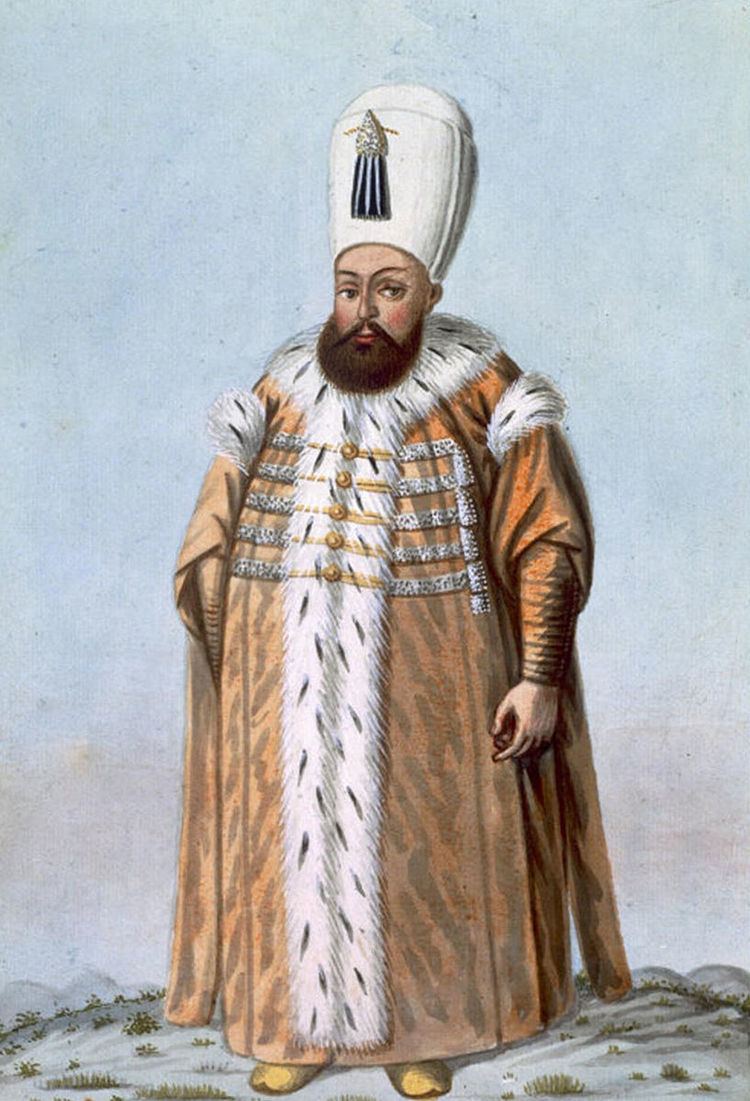Father Mehmet III Died 1649, Montenegro Name Sultan Yahya Siblings Ahmed I | Religion Baptised as Christian House Ottoman dynasty Mother fulane hatun Parents Mehmed III | |
 | ||
Similar People Mehmed III, Ahmed I, Handan Sultan, Mustafa I, Safiye Sultan | ||
Grandparents Safiye Sultan, Murad III | ||
Who is ottoman prince sultan yahya
Sultan Yahya (1585–1649) was the alleged son of Ottoman Sultan Mehmed III. According to his own words his mother was a crypto-Christian Greek named Helen ("Ἑλένη"), who fled with him from the Anatolian town of Manisa.
Contents
- Who is ottoman prince sultan yahya
- Salbros 7 s final plate ms abu bakar vs smk sultan yahya petra 1
- Background
- Battle for Ottoman throne
- Sourses
- References
Salbros 7 s final plate ms abu bakar vs smk sultan yahya petra 1
Background
When his father, Mehmed, became Sultan, he followed the Ottoman custom of executing all of his brothers (potential rival claimants to the Ottoman throne). Yahya's mother was concerned that this could also eventually happen to him after the death of his father, so he was smuggled out of the empire, first to Greece, and then to present-day Bulgaria. He was then supposedly baptized at an Orthodox Christian monastery, where he lived for the next eight years of his life.
Battle for Ottoman throne
Eventually, Yahya's two older brothers died, but in 1603, since Yahya had escaped the country to avoid fratricide, his younger brother Ahmed I (the fourth-born) became Ottoman sultan. Yahya believed that as the next oldest son of Mehmed III, he was next in line to be Ottoman Sultan and felt cheated out of his rightful destiny. He would dedicate the rest of his life to gaining the Ottoman throne. However, the standard Ottoman practice at the time for determining the succession was not birth order of sons; instead the Ottoman laws of succession to the throne stated that after the death of their father, the Ottoman princes would fight among themselves until one emerged triumphant.
From 1603 on, Yahya made frequent trips to northern and western Europe to gain support for his claim to the throne (visiting Florence, Madrid, Rome, Kraków, Antwerp, Prague, and other cities). At one point he managed to win the support of the Tatar Khan Shahin, and of the Cossacks as well. Between 1614 and 1617, he schemed with Serbian Orthodox Christian bishops in Kosovo and Western Roman Catholic bishops and leaders as part of his strategy to gain the Ottoman throne. A few years later, with the assistance of Russian and Ukrainian cossacks, he led a fleet of 130 ships and unsuccessfully attacked Istanbul. He died in 1649 on the Montenegrin coast, where he was involved in a rebellion organized by the Roman Catholic bishops of Skodra-and-Bar.
